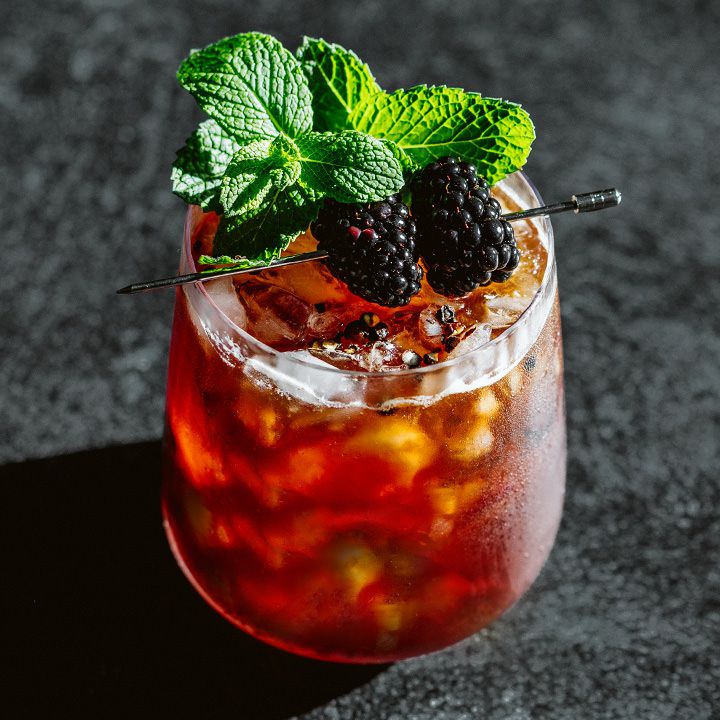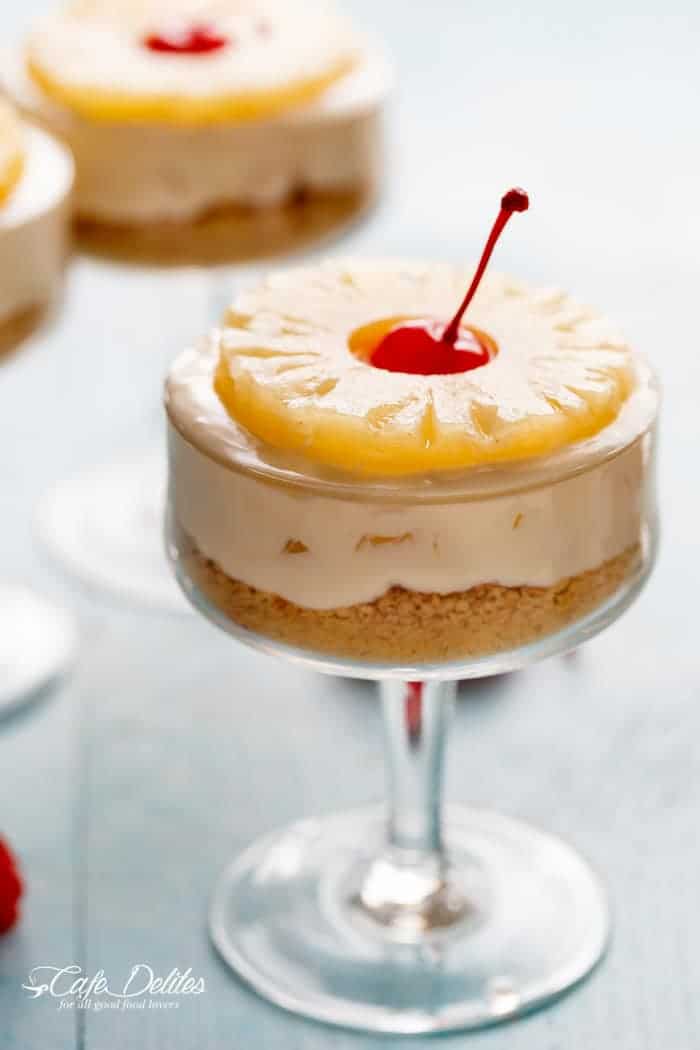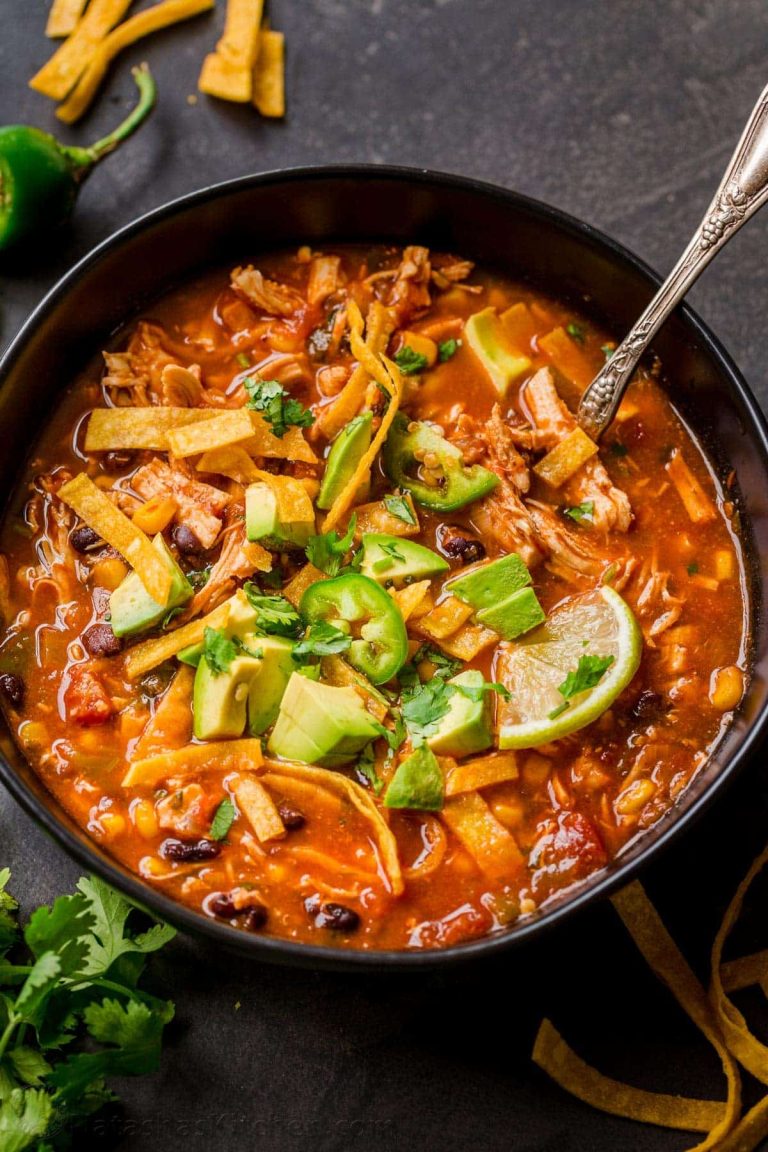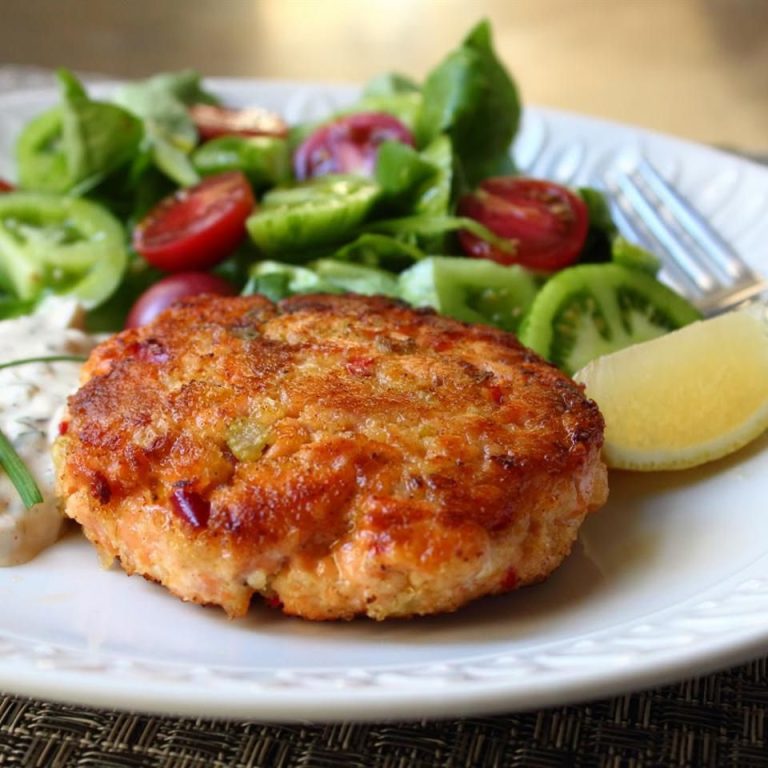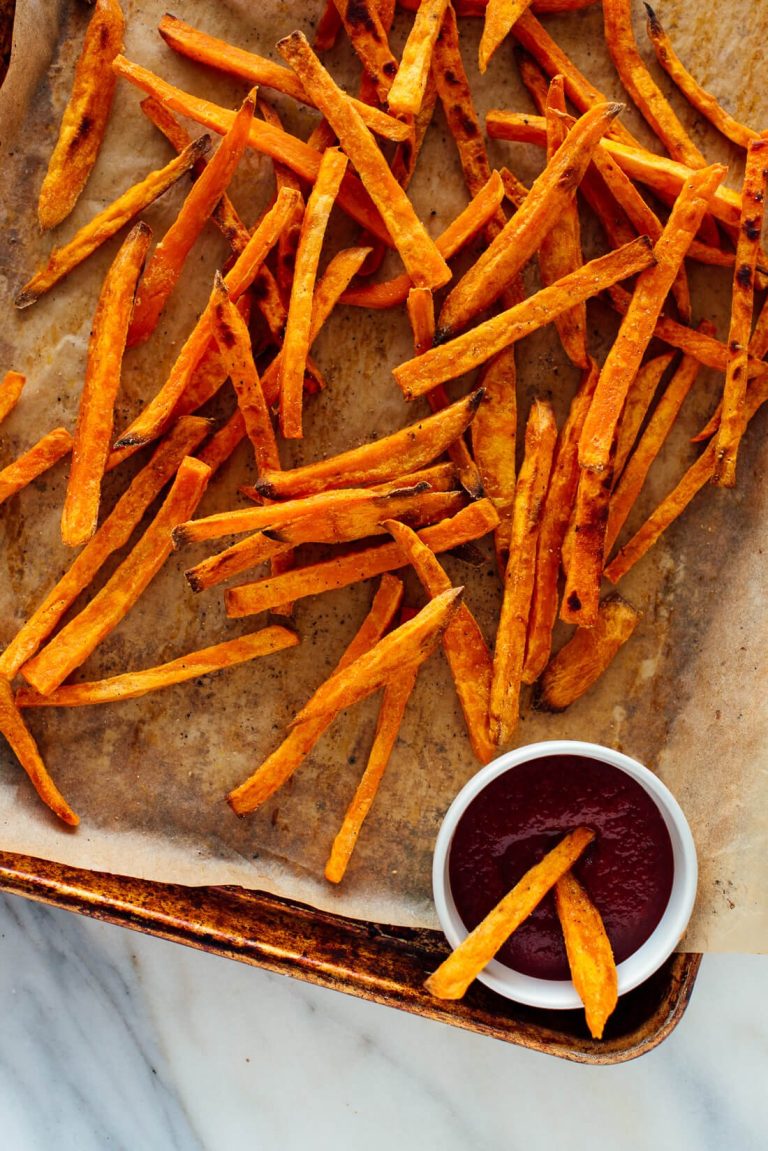Cherry Cobbler: A Delicious Guide to History, Variations, and Modern Twists
Pinpointing the origins of cherry cobbler involves tracing back to early American settlers. These settlers adapted European cobbler recipes to fit the ingredients available in the New World, resulting in a unique dessert. Originally, cobblers featured a stewed fruit base, typically topped with a dense biscuit or batter. The cobbler’s simplicity made it popular among pioneers who lacked traditional ovens and sophisticated baking techniques. By the 19th century, cherry cobbler had cemented its place in American cuisine, offering a delightful way to enjoy seasonal cherries.
Regional Variations
Cherry cobbler showcases diverse regional adaptations. In the Southern United States, recipes often feature a thicker, biscuit-like topping, providing a hearty contrast to the sweet cherry filling. The Northeast favors a cake-like batter, creating a lighter, airier bite. Midwestern versions frequently include oats in the topping, adding texture and a nutty flavor. Each region brings a unique twist, yet the core elements—tart cherries and a complementary topping—remain consistent, celebrating the dessert’s versatility.
Key Ingredients for the Perfect Cherry Cobbler
Choosing the Right Cherries
Select fresh, tart cherries like Montmorency or Bing for the best results. Their natural tartness balances the sweetness of the cobbler, providing a robust flavor profile. If fresh cherries aren’t available, opt for frozen or canned ones in water or juice, avoiding those in sugary syrups. Thaw and drain frozen cherries completely; rinse and drain canned cherries to remove excess liquid.
Essential Spices and Flavorings
Incorporate spices like cinnamon and nutmeg to enrich the cobbler’s taste. Use 1 teaspoon of cinnamon and 1/4 teaspoon of nutmeg for a balanced spice blend. Enhance the fruit’s natural sweetness with 1 teaspoon of vanilla extract. Add a pinch of salt to contrast the sweetness and elevate the cobbler’s overall flavor profile.
Step-by-Step Guide to Making Cherry Cobbler
Preparing the Cherry Filling
Start with fresh, tart cherries like Montmorency or Bing for the best flavor. Pit and halve 4 cups of cherries. In a saucepan, combine the cherries with 1 cup of granulated sugar and 2 tablespoons of cornstarch. Add 1 teaspoon of cinnamon, 1/2 teaspoon of nutmeg, and a pinch of salt to enhance the flavor. Pour in 1 tablespoon of lemon juice to balance the sweetness.
Cook over medium heat, stirring frequently until the mixture thickens and bubbles. Ensure the cherries are tender but not mushy. Remove from heat and stir in 1 teaspoon of vanilla extract. Let the filling cool slightly before transferring it to a baking dish.
Crafting the Ideal Cobbler Topping
Combine 1 cup of all-purpose flour, 1/4 cup of granulated sugar, 2 teaspoons of baking powder, and 1/4 teaspoon of salt in a mixing bowl. Cut in 1/4 cup of cold butter using a pastry cutter or fork until the mixture resembles coarse crumbs.
In a separate bowl, whisk together 1/2 cup of milk and 1 teaspoon of vanilla extract. Gradually pour the milk mixture into the dry ingredients, stirring until just combined. Avoid overmixing to keep the topping light and fluffy.
Spoon the topping over the cooled cherry filling in the baking dish, spreading it evenly but leaving some gaps for the filling to bubble through. Sprinkle 1 tablespoon of granulated sugar over the topping for added crunch.
Baking the Cherry Cobbler
Preheat your oven to 375°F (190°C). Place the prepared baking dish in the oven and bake for 35-40 minutes until the topping is golden brown and the filling is bubbly. A toothpick inserted into the topping should come out clean.
Let the cobbler cool for at least 15 minutes before serving. Enjoy your homemade cherry cobbler with a scoop of vanilla ice cream or a dollop of whipped cream.
Variations on the Traditional Cherry Cobbler Recipe
Gluten-Free and Vegan Options
You can enjoy cherry cobbler even if you follow a gluten-free or vegan diet. Use gluten-free flour blends (such as those containing rice flour, tapioca starch, and xanthan gum) instead of traditional wheat flour. For vegans, replace butter with coconut oil or vegan butter alternatives and opt for non-dairy milk (such as almond, soy, or oat milk) instead of regular milk.
Examples:
- Gluten-Free Cherry Cobbler with almond flour topping.
- Vegan Cherry Cobbler using coconut oil and almond milk.
Innovative Flavor Twists
You can experiment with flavoring your cherry cobbler to create unique twists on the traditional recipe. Adding complementary fruits and spices can transform the classic dish.
Examples:
- Add blueberries or raspberries to the cherry filling.
- Incorporate vanilla extract or lemon zest into the topping.
- Infuse the cherry filling with bourbon or amaretto for a rich flavor.
Keep these variations in mind to expand your cherry cobbler-making repertoire and delight taste buds with new combinations.
Serving and Pairing Suggestions
Best Practices for Serving
Serve cherry cobbler warm to accentuate its flavors. Use a large, deep spoon to portion out servings, ensuring each one includes a mix of juicy cherries and crisp topping. If you serve cobbler as a dessert at a gathering, place it on a buffet table with a heat source underneath to keep it warm. Offer a selection of accompaniments such as vanilla ice cream, whipped cream, or a dollop of Greek yogurt. These complements enhance the tartness of the cherries, creating a balanced flavor profile. For a decorative touch, sprinkle powdered sugar over the cobbler right before serving.
Pairing with Beverages and Other Desserts
Pair cherry cobbler with beverages that balance its sweetness. Serve with a glass of Moscato d’Asti or a Riesling for guests who prefer wine. For non-alcoholic options, offer a fruity iced tea or a freshly made lemonade. Coffee and cherry cobbler also make a classic pairing due to the complementary flavors.
For multi-dessert settings, pair cherry cobbler with contrasting desserts. An assortment of dark chocolate truffles or a rich espresso-flavored dessert can round out the menu. Opt for a light citrus sorbet to provide a refreshing palate cleanser. These pairings ensure a diverse and satisfying dessert experience.
Conclusion
Exploring cherry cobbler’s rich history and regional variations reveals its adaptability and enduring appeal. Whether you’re sticking to traditional recipes or experimenting with modern twists, cherry cobbler remains a versatile dessert that can suit various dietary needs and flavor preferences. Pair it with the right accompaniments and beverages to elevate your dining experience. So, the next time you’re in the mood for a comforting, crowd-pleasing dessert, cherry cobbler should be at the top of your list.
